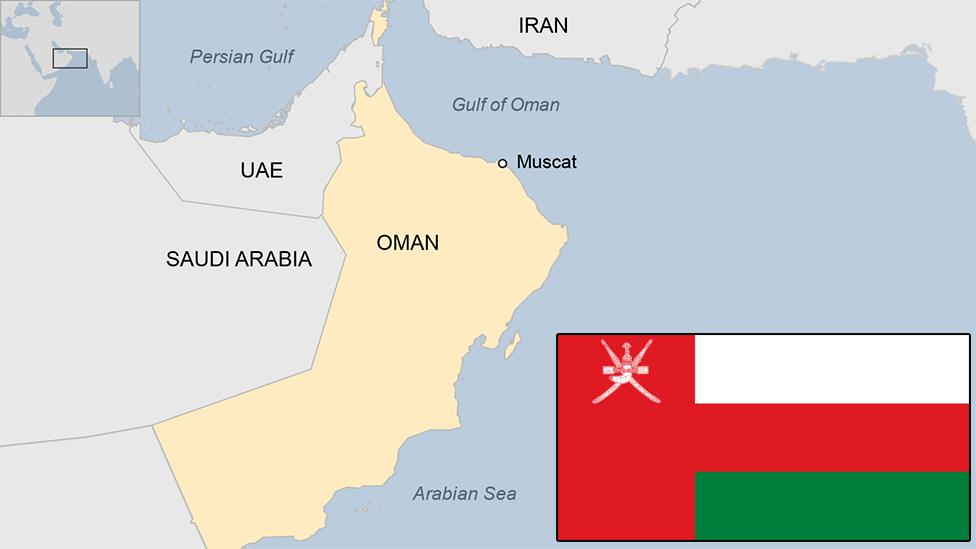
Oman remains steadfast in its commitment to becoming a global leader in green hydrogen production, despite facing a range of challenges in its pursuit of an energy transition. The Gulf nation is tapping into its vast renewable energy potential to position itself as a key player in the emerging green hydrogen market, which could play a pivotal role in global decarbonization efforts.
The country’s green hydrogen strategy is built on the promise of utilizing its ample solar and wind resources. Oman is located in a prime position to capitalize on these energy sources, particularly in its southern and northern regions, which receive abundant sunlight and consistent wind speeds. The government has set ambitious goals, aiming to produce up to 1 million tons of green hydrogen by 2030. This target is part of a broader vision to diversify the economy and reduce reliance on oil revenues, which have historically shaped the nation’s financial landscape.
However, the path to realizing this vision has not been without obstacles. Oman is competing with other energy-producing nations in the region, such as Saudi Arabia and the United Arab Emirates, which have also outlined aggressive plans to develop green hydrogen capabilities. To maintain a competitive edge, Oman is focusing on leveraging its strategic geographical position, proximity to key export markets, and favorable political climate to attract investments and partnerships from international energy firms.
One of the key challenges facing Oman’s green hydrogen ambitions is infrastructure development. Producing green hydrogen requires large-scale electrolysis plants, which rely on vast amounts of electricity generated from renewable energy sources. While Oman has made progress in expanding its renewable energy capacity, there is still a significant gap in terms of the infrastructure needed to support the hydrogen production process. The government is addressing this issue through the construction of new renewable energy plants and investment in the necessary grid infrastructure to ensure the stability and efficiency of hydrogen production.
In addition to infrastructure challenges, there are concerns regarding the financial sustainability of Oman’s green hydrogen projects. The initial investment required to develop the necessary facilities, technologies, and supply chains is substantial. While the government has outlined funding mechanisms, including public-private partnerships, the actual flow of capital remains uncertain, especially as the global economy grapples with inflation and volatile energy prices. Oman’s ability to secure foreign investment is crucial to meeting its hydrogen production targets and maintaining momentum in its energy transition.
Despite these hurdles, Oman is making strides in attracting global attention to its green hydrogen plans. In recent months, the country has secured several key partnerships with international firms, including agreements with major European energy companies looking to import green hydrogen. These collaborations not only help to demonstrate Oman’s potential as a leading hydrogen producer but also offer a pathway to the country’s energy diversification goals. The government has also been exploring new export routes, including through ports on the Arabian Sea, which would allow Oman to tap into growing hydrogen demand in Europe and Asia.
Another challenge is the complexity of the regulatory landscape. Green hydrogen production is still in the early stages of development, and many countries, including Oman, are in the process of refining their regulatory frameworks. Clear and consistent policies are essential to foster innovation and provide certainty for investors. Oman has made progress in this area, launching initiatives to create a favorable investment climate for renewable energy projects. These efforts include the establishment of a national hydrogen strategy, which outlines the government’s vision for the sector, as well as the implementation of policies to streamline permits and reduce bureaucracy.
As the country moves forward with its green hydrogen plans, Oman’s policymakers are acutely aware of the environmental and social implications of their actions. The government has emphasized the importance of ensuring that hydrogen production aligns with its broader sustainability goals, which include reducing carbon emissions and preserving natural resources. There is also growing attention to the social aspects of the energy transition, including the potential for job creation in the renewable energy and hydrogen sectors. Oman is focusing on skills development to ensure that the local workforce is equipped to take advantage of the opportunities created by the green hydrogen industry.




